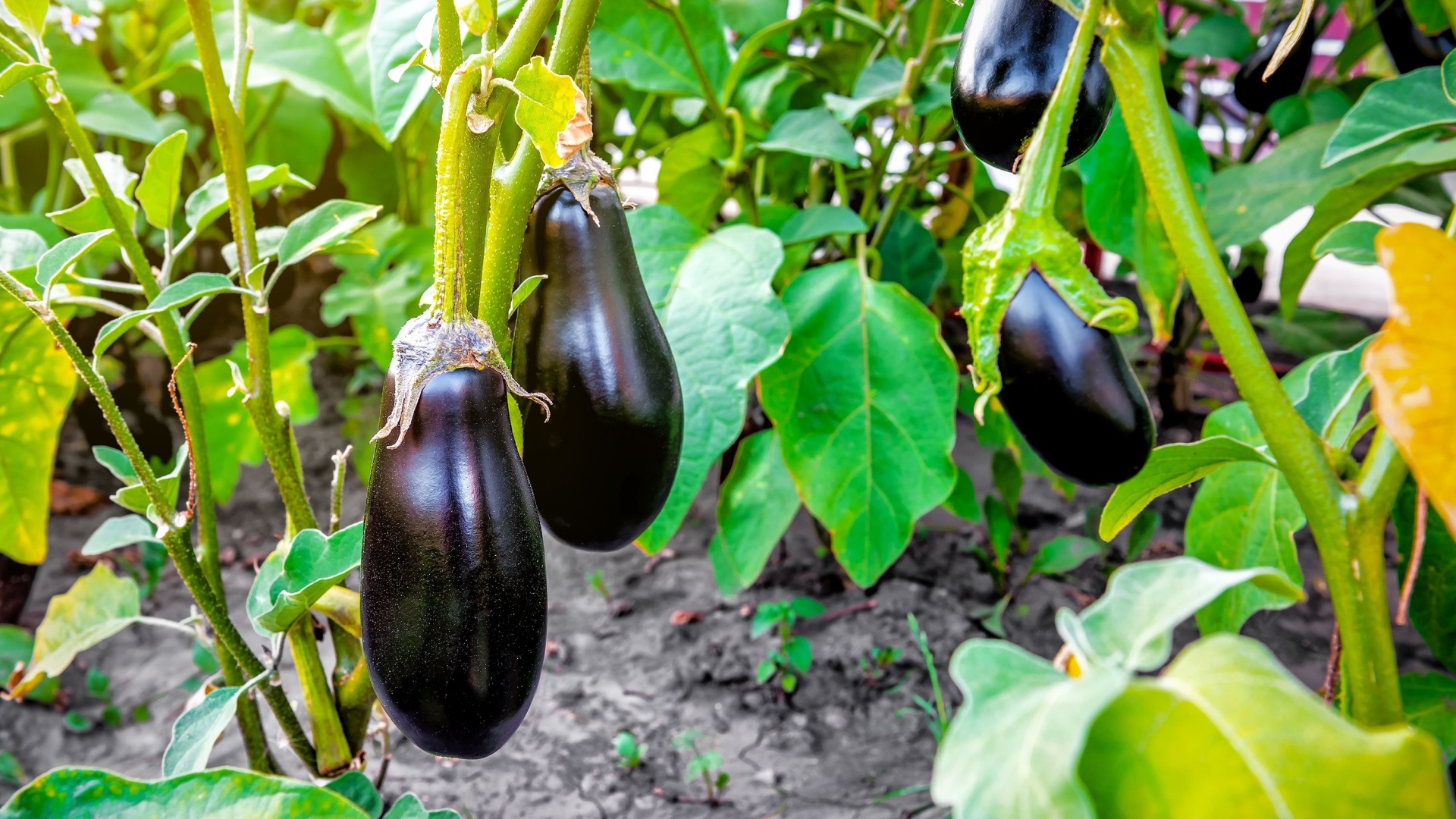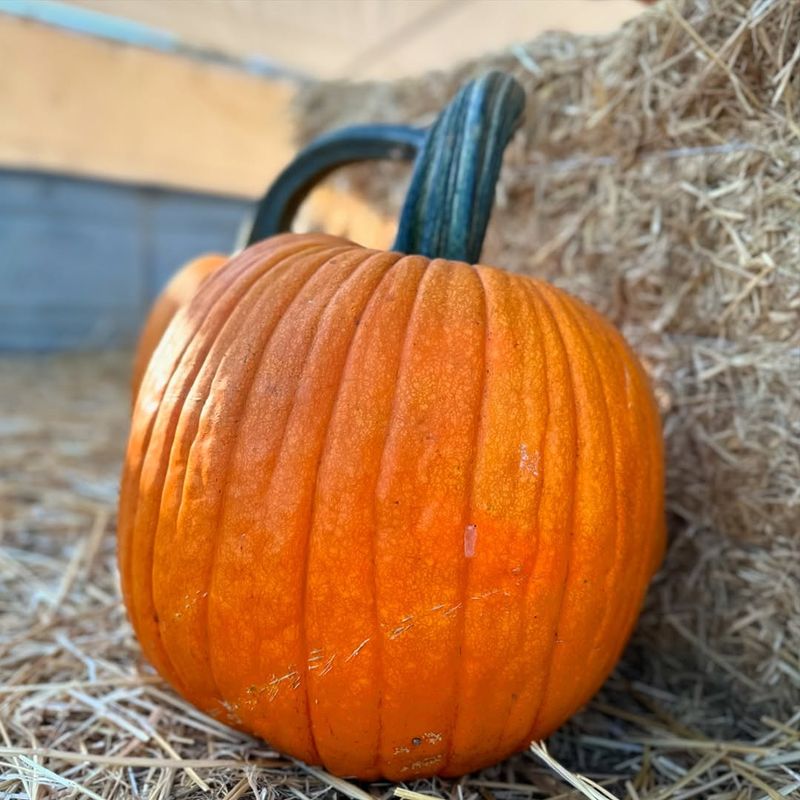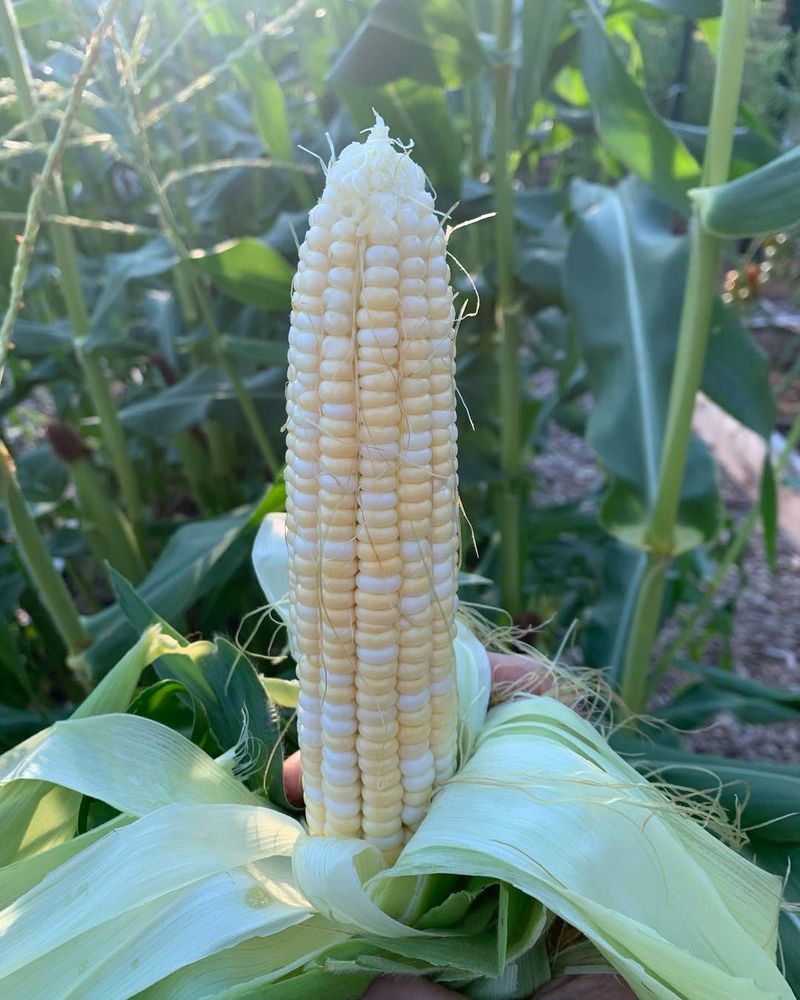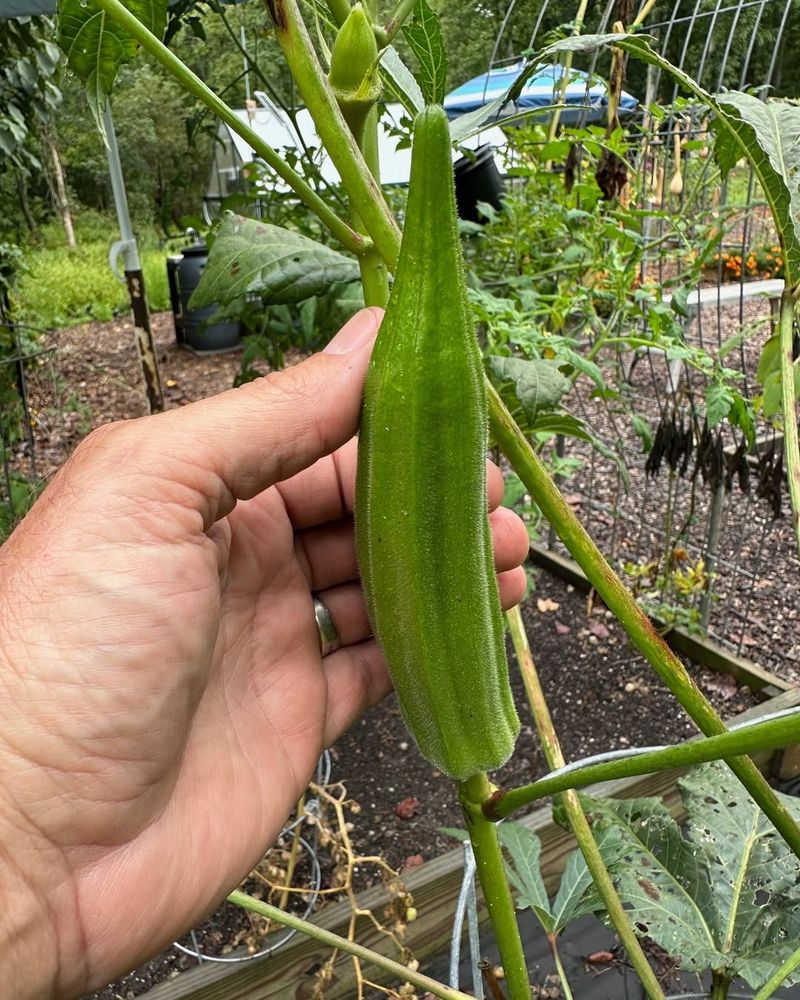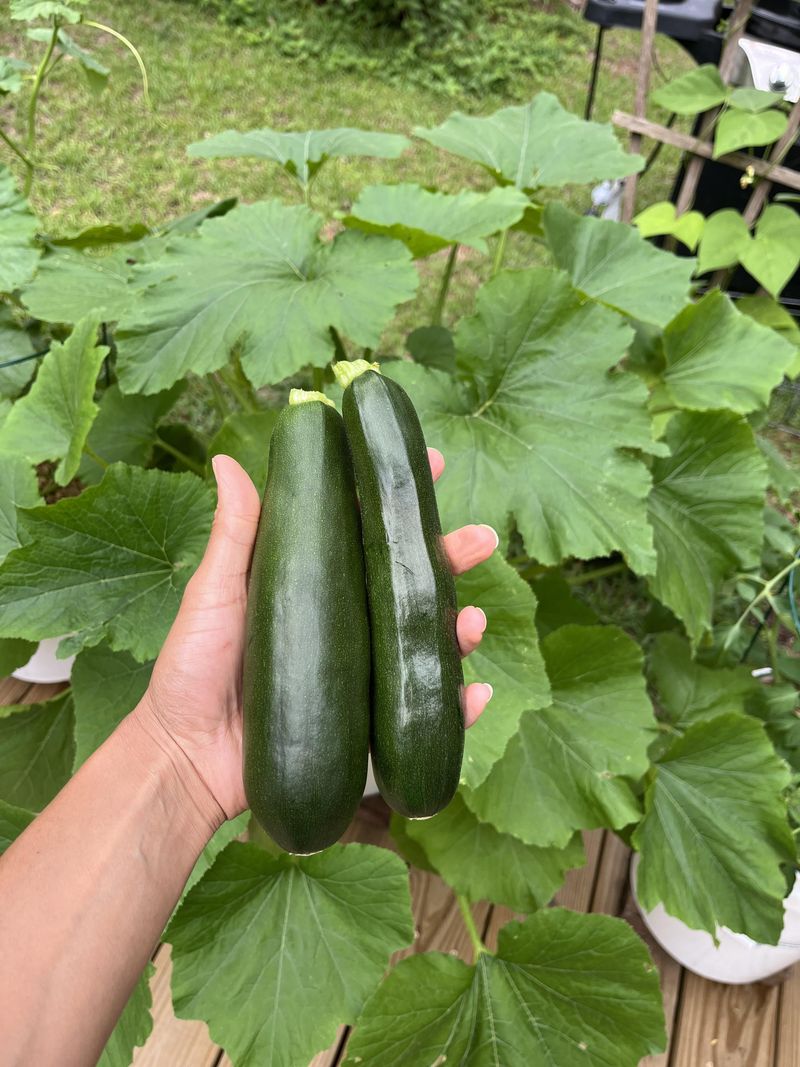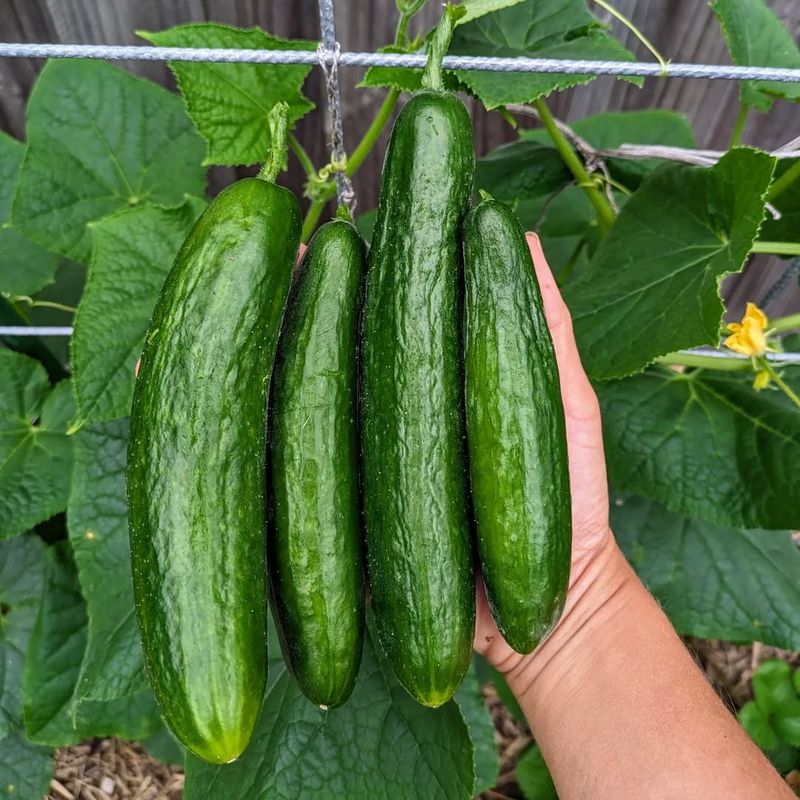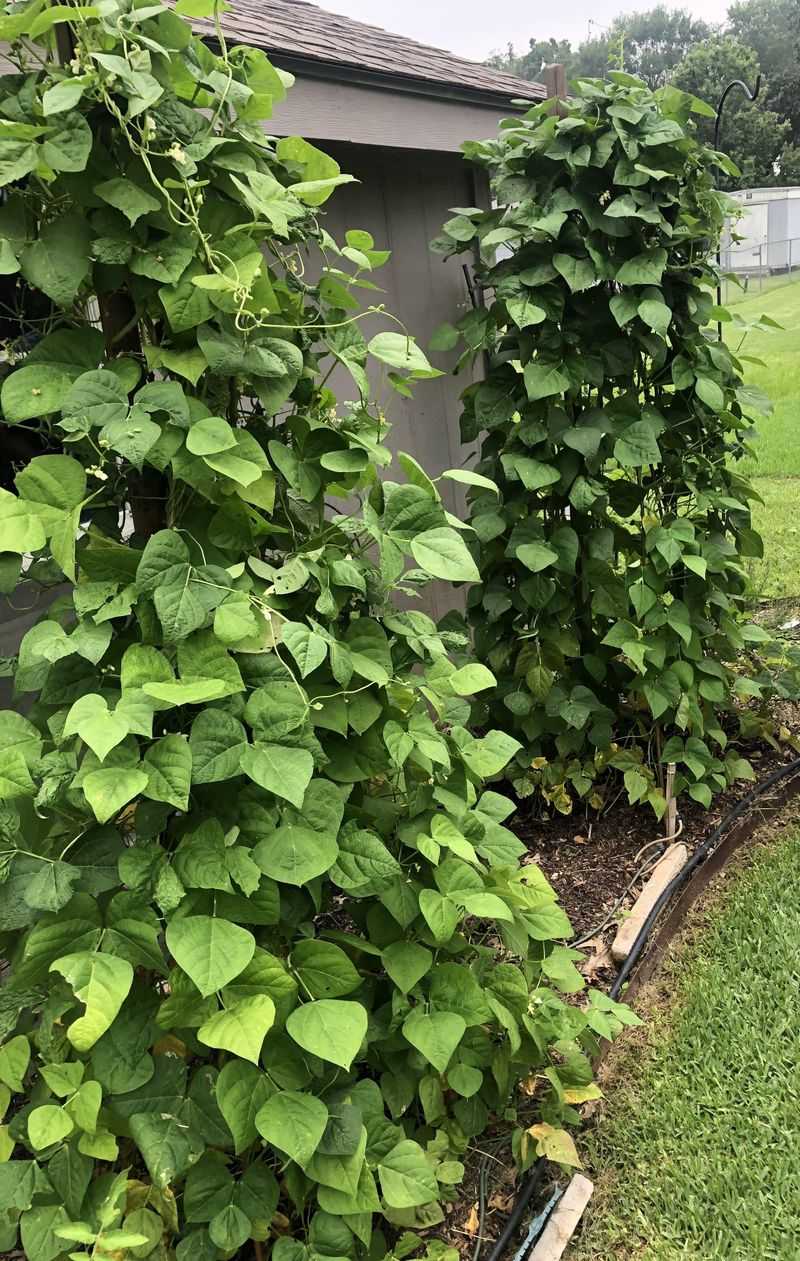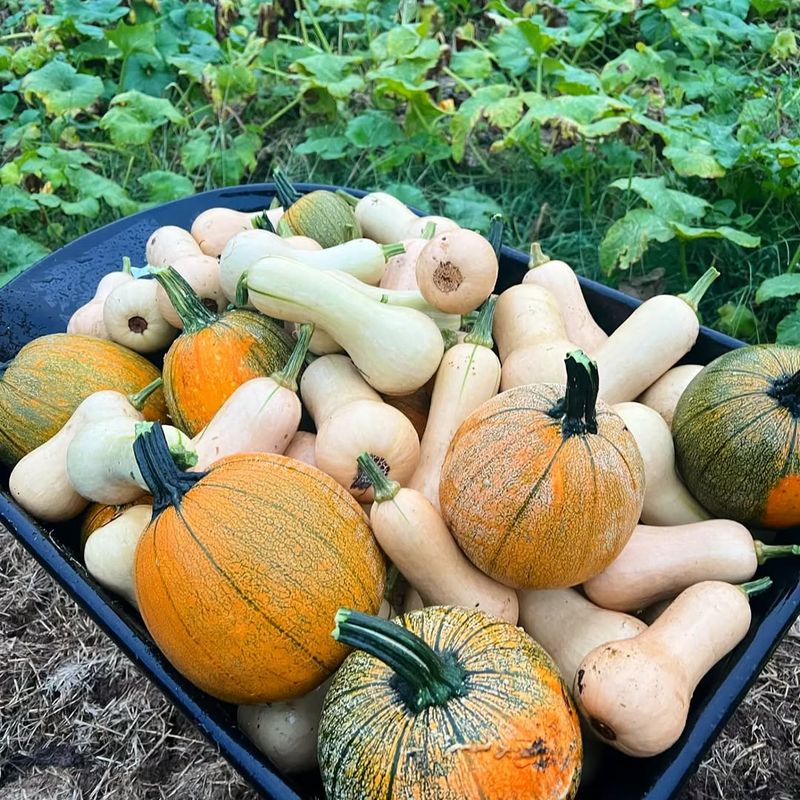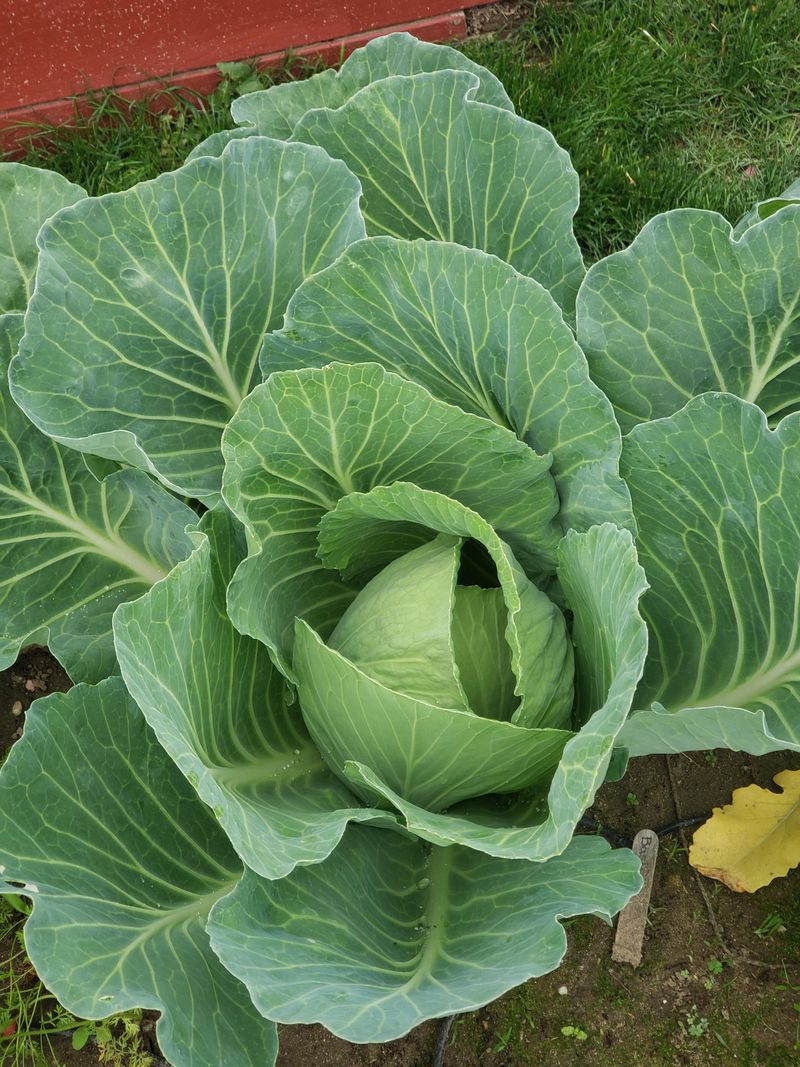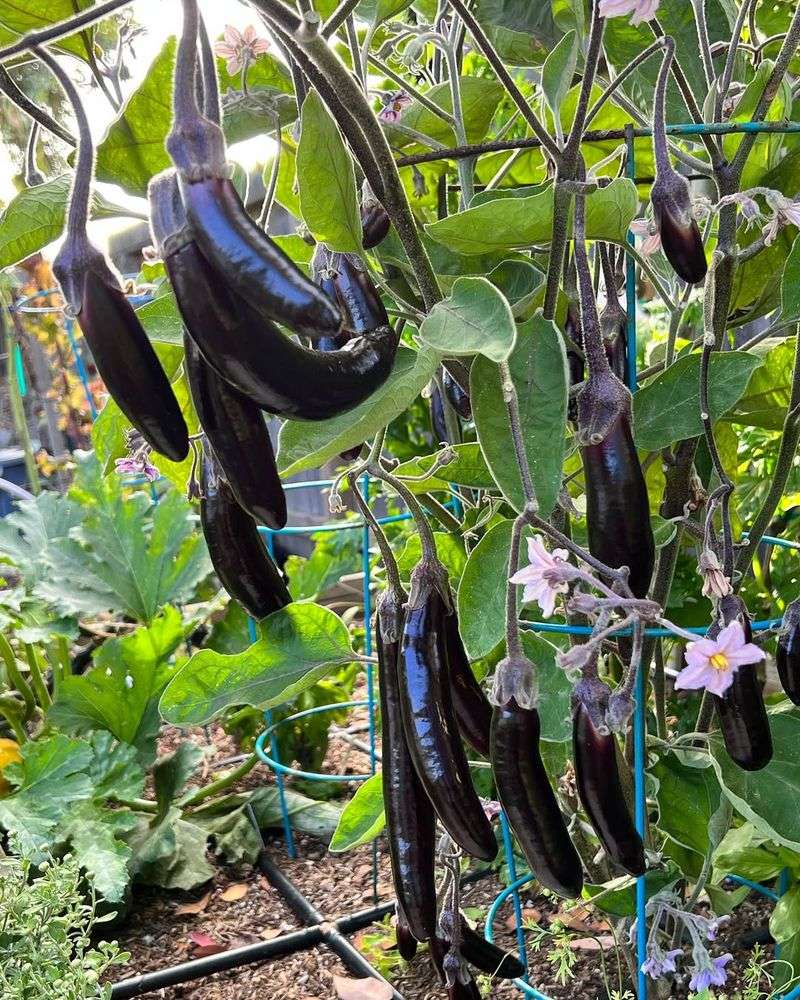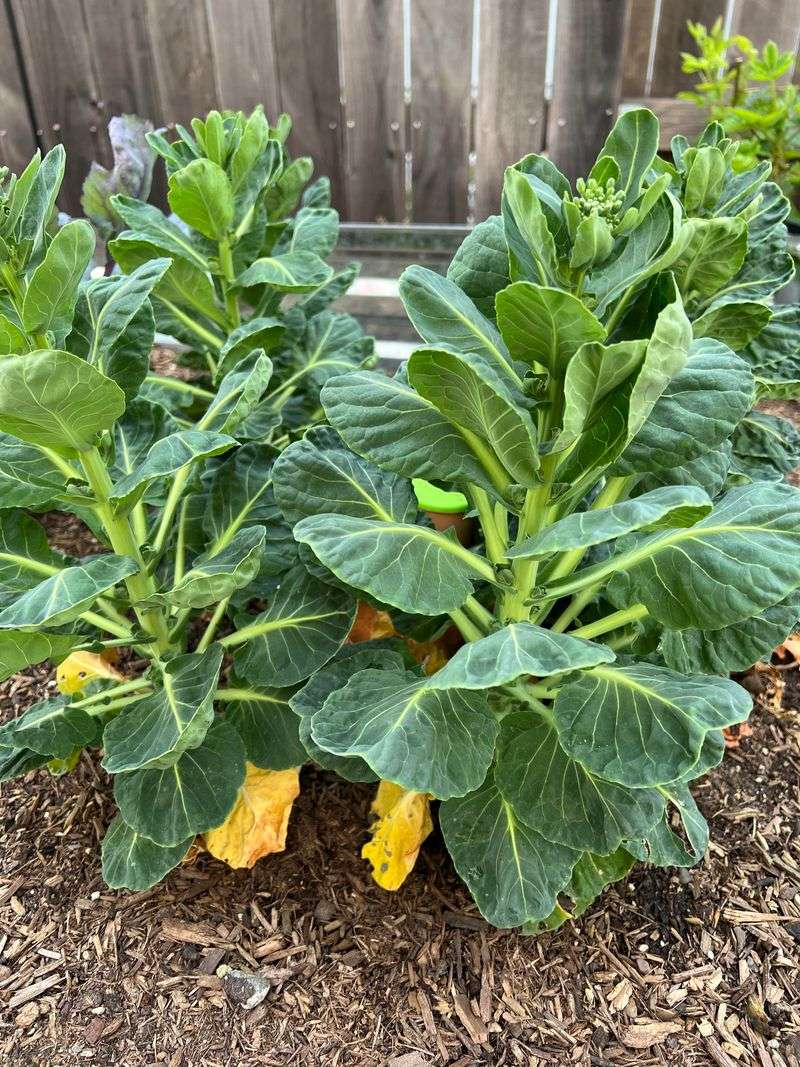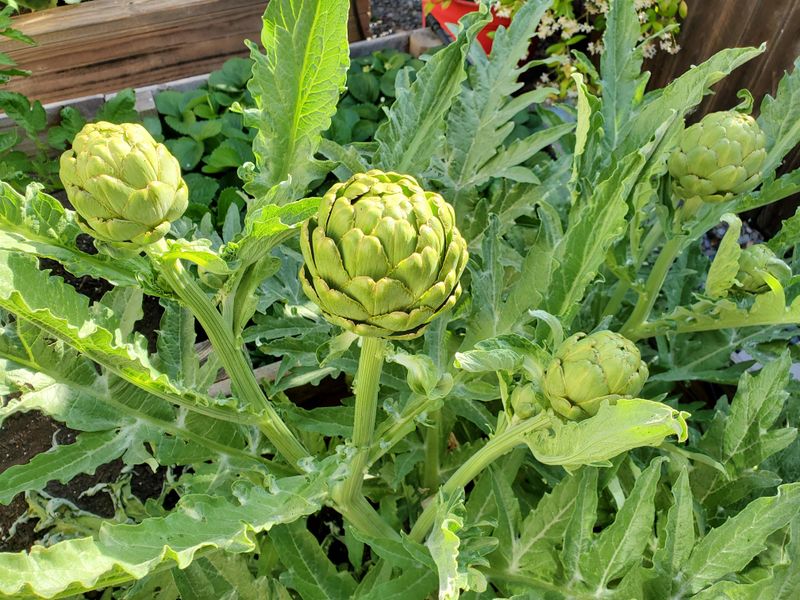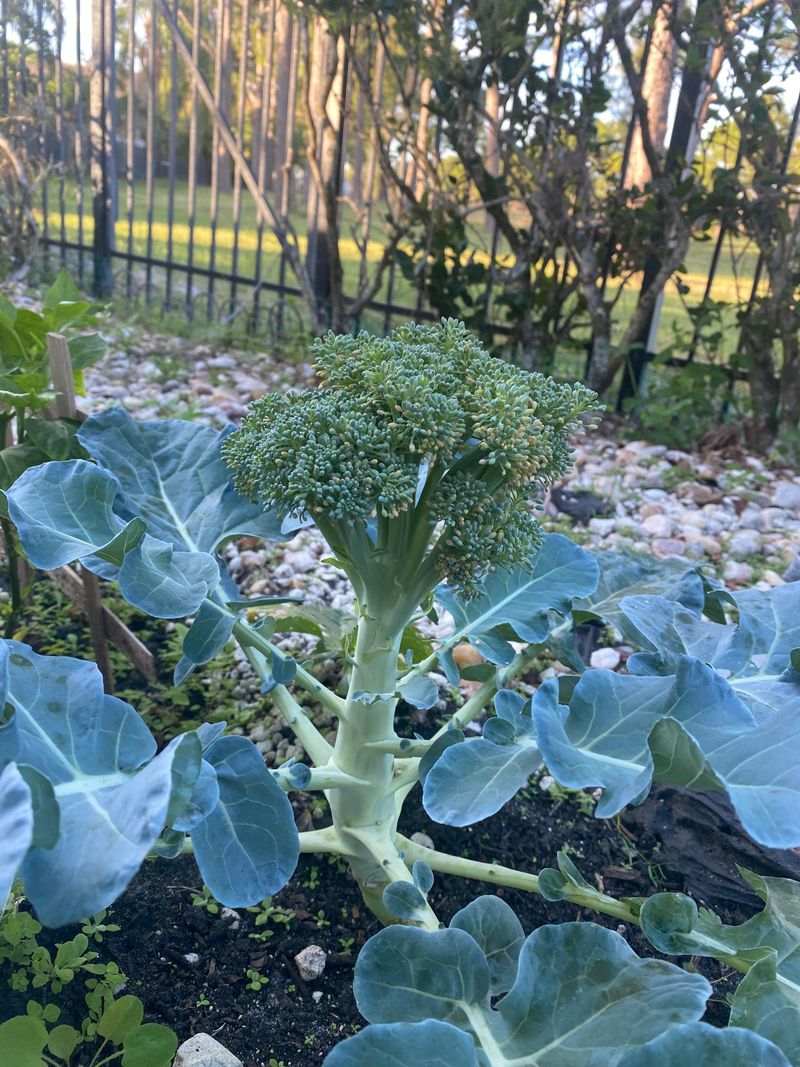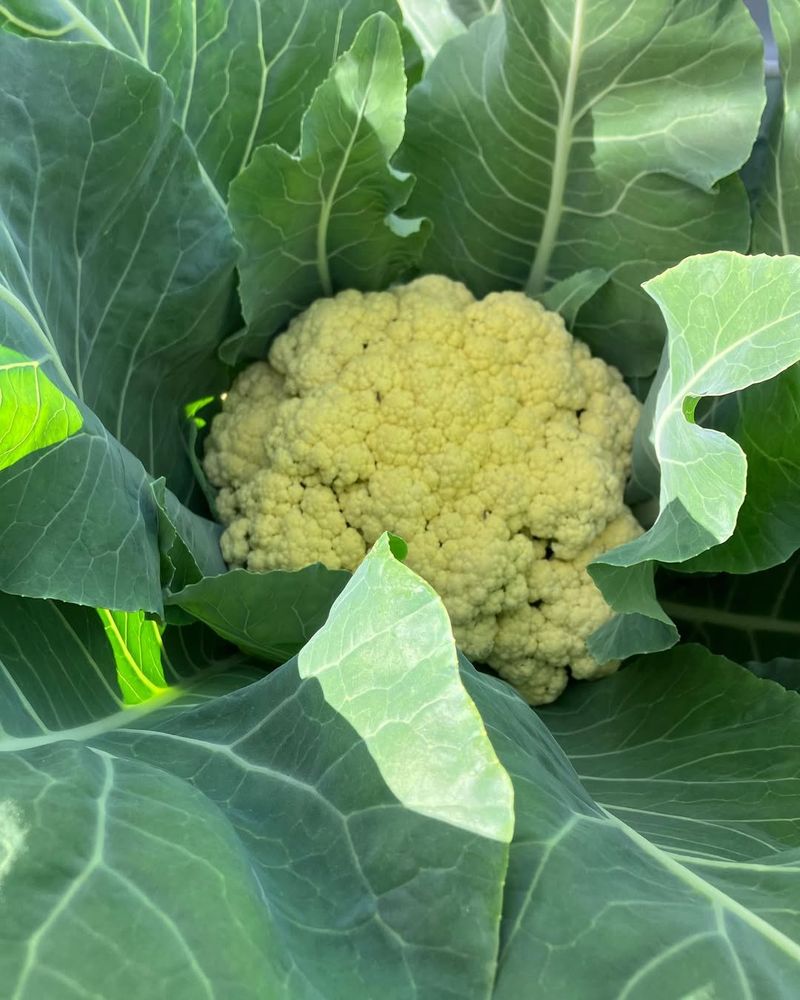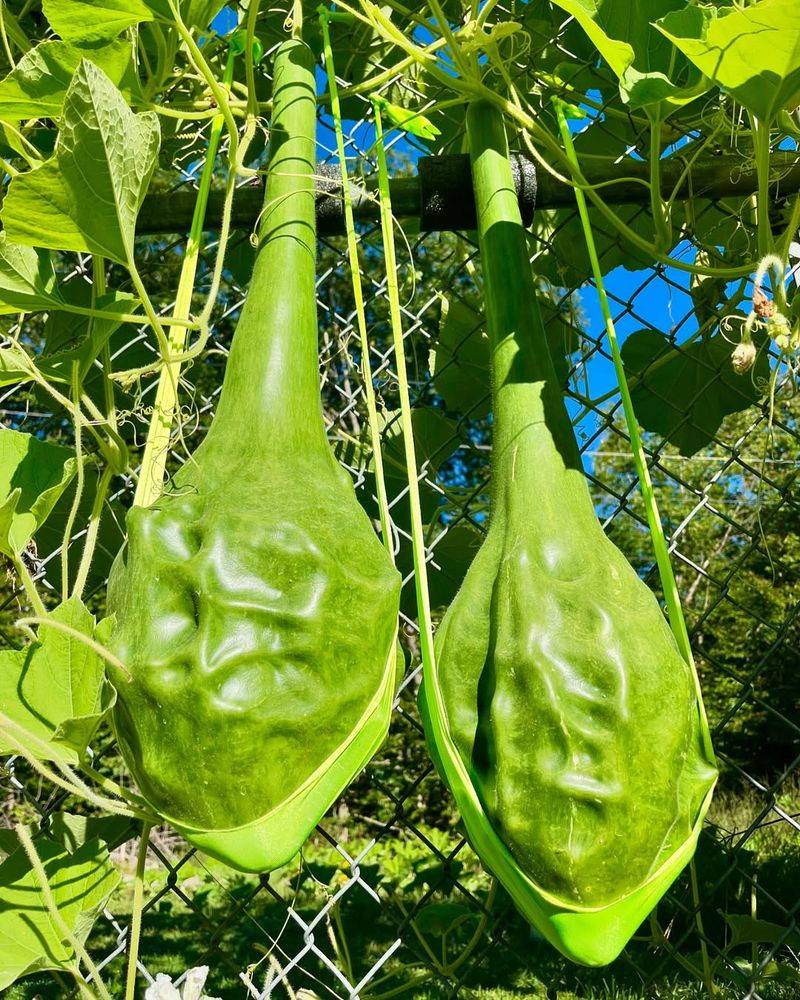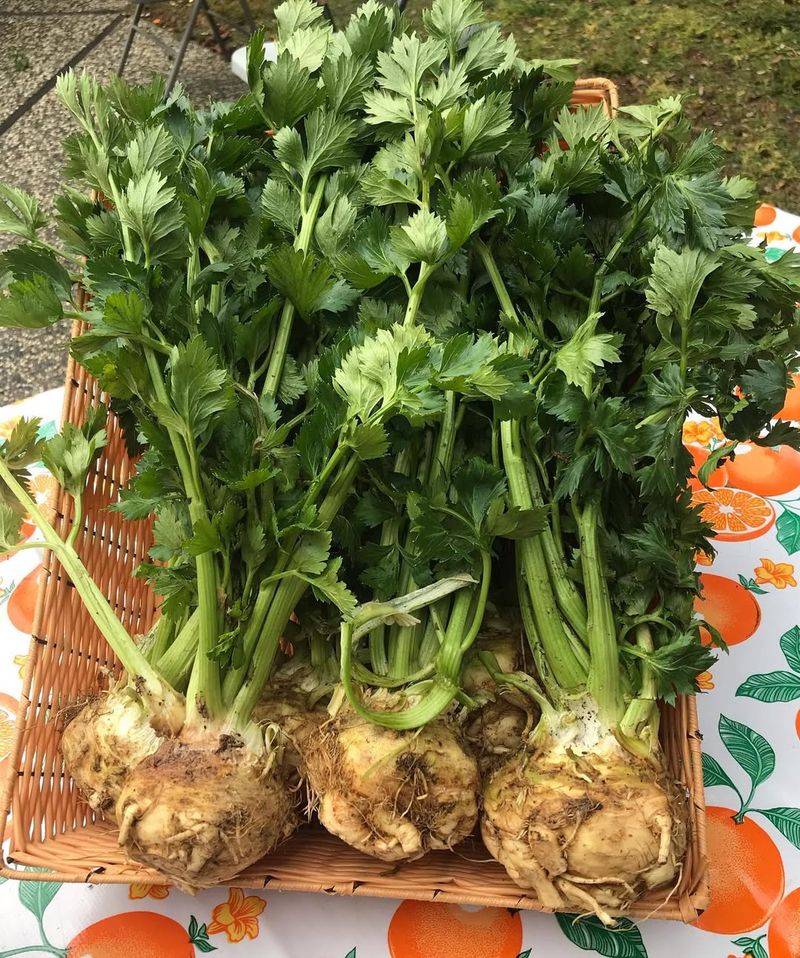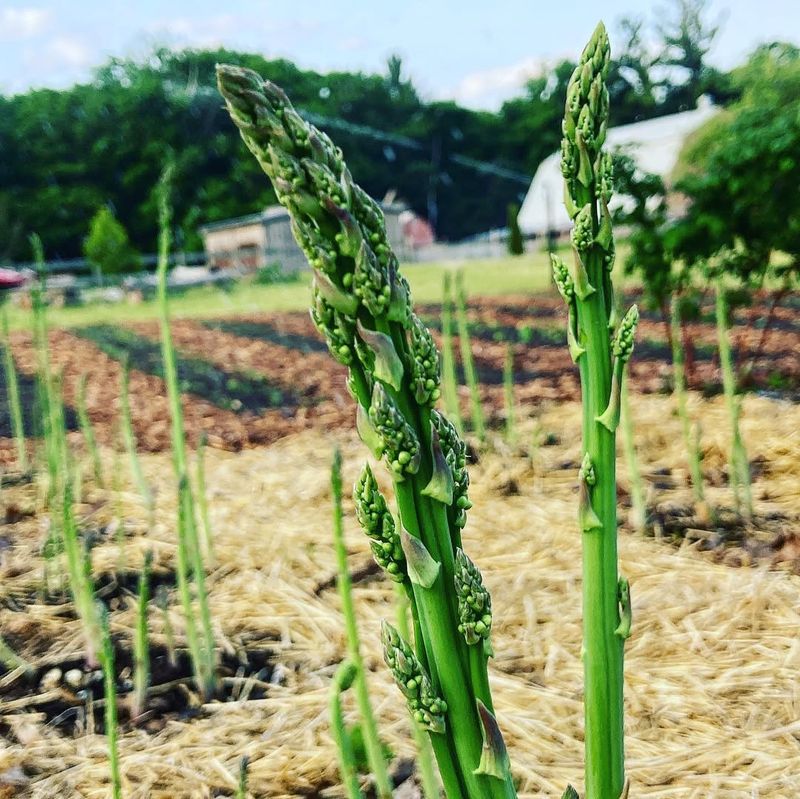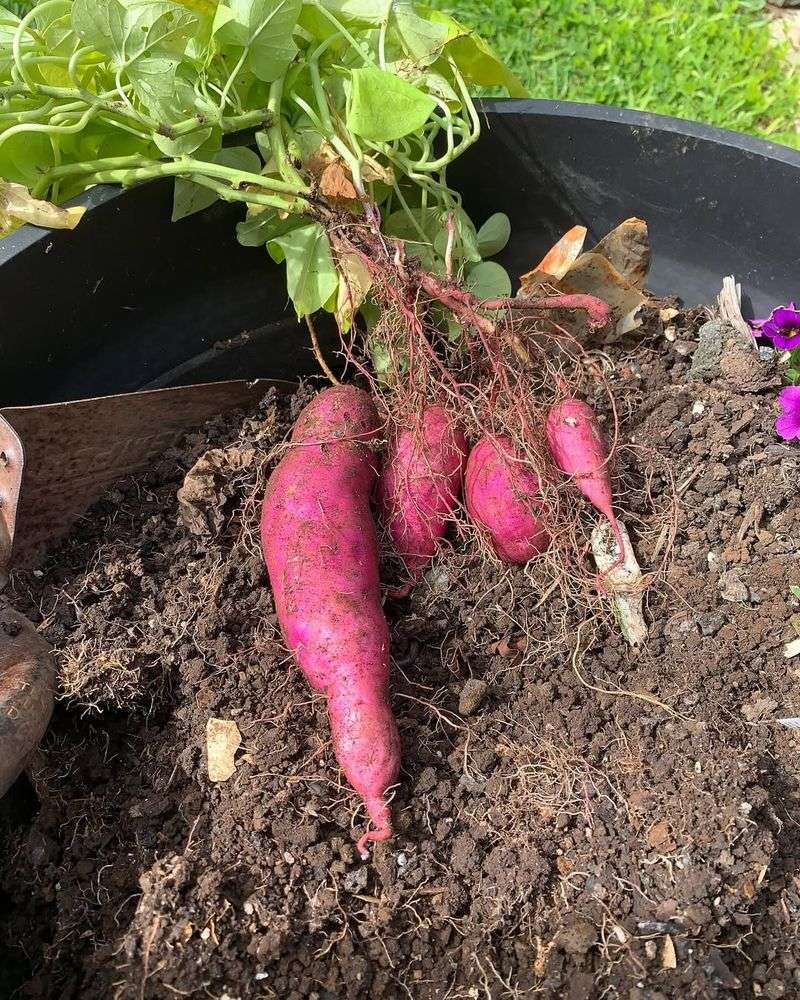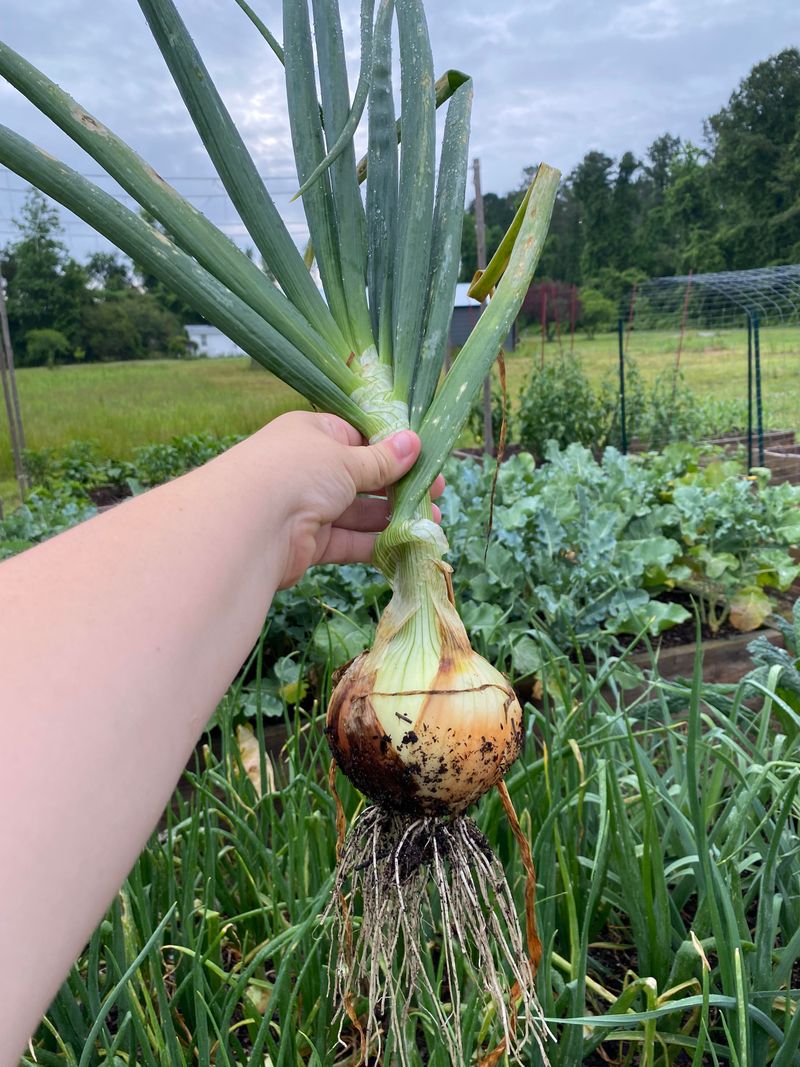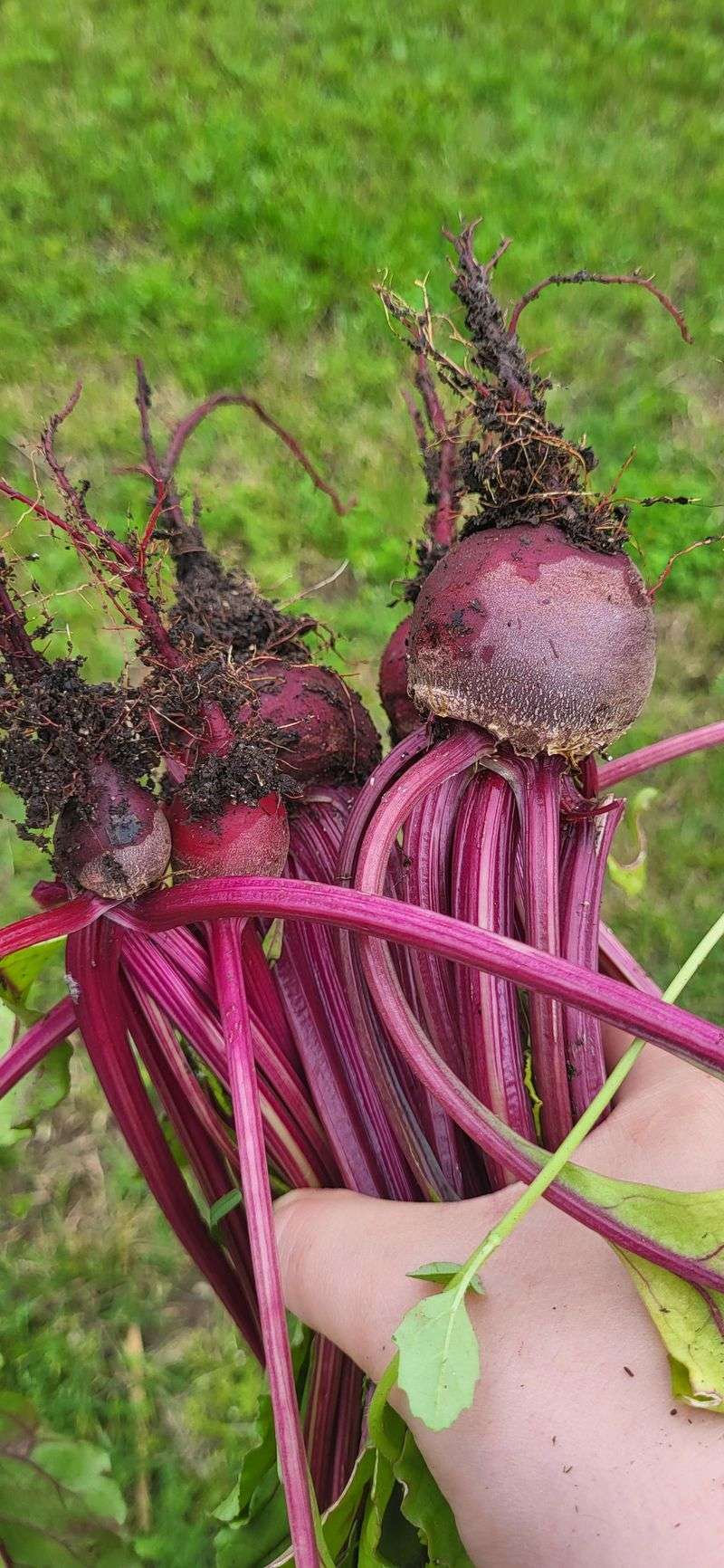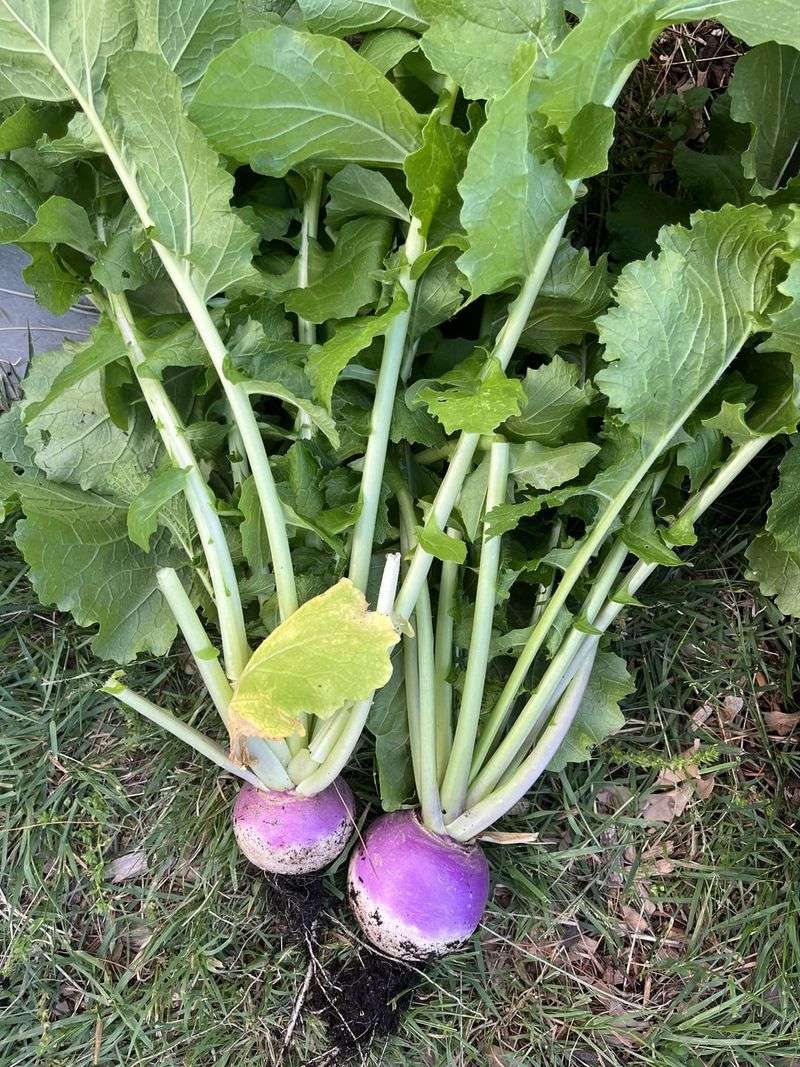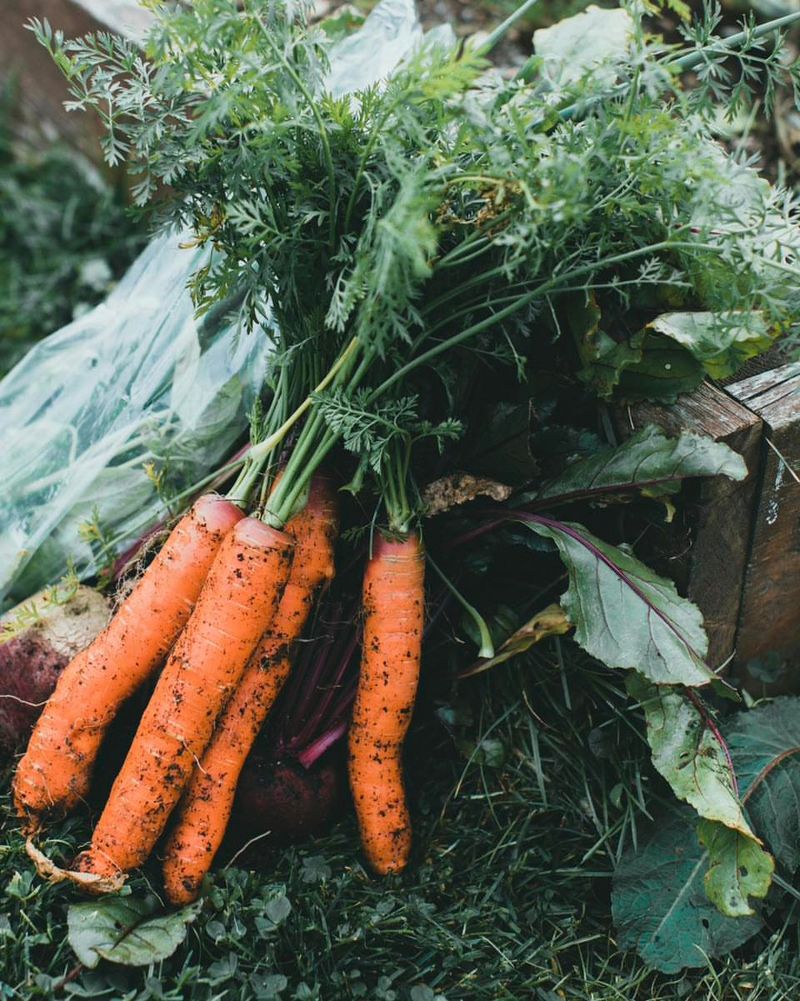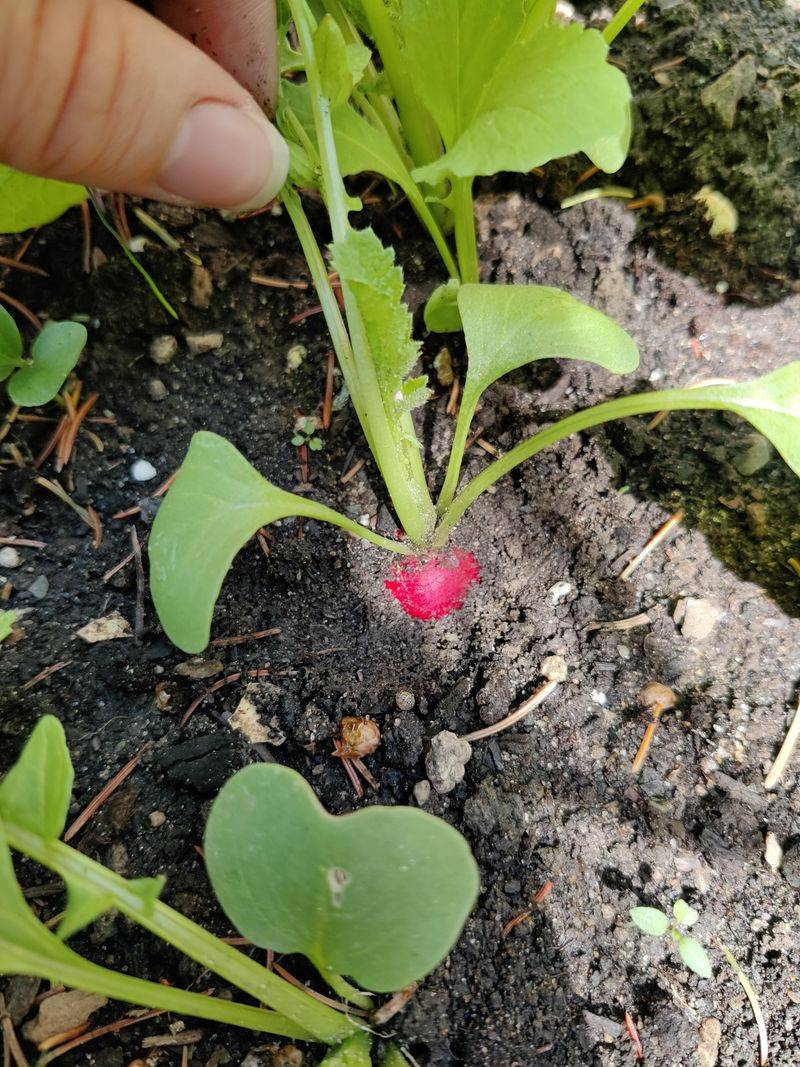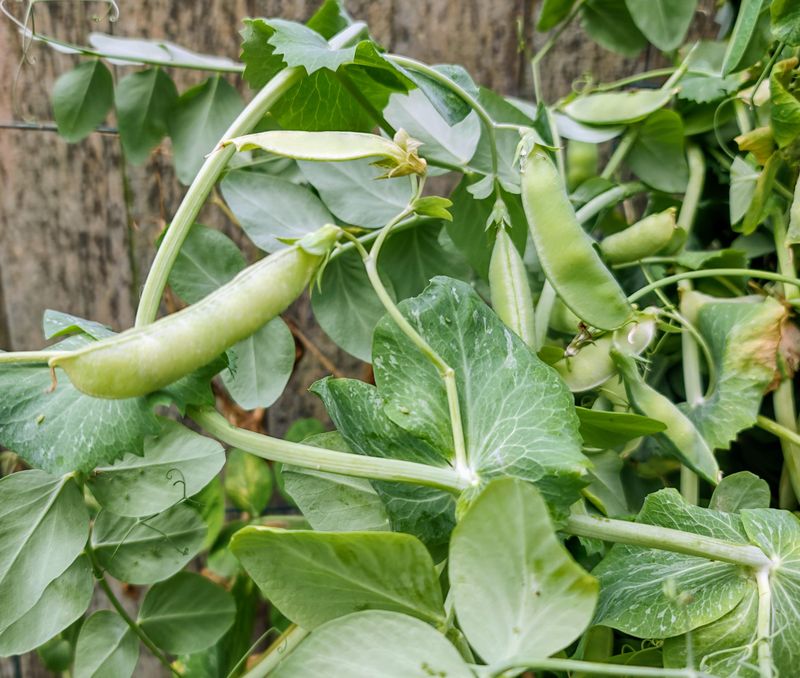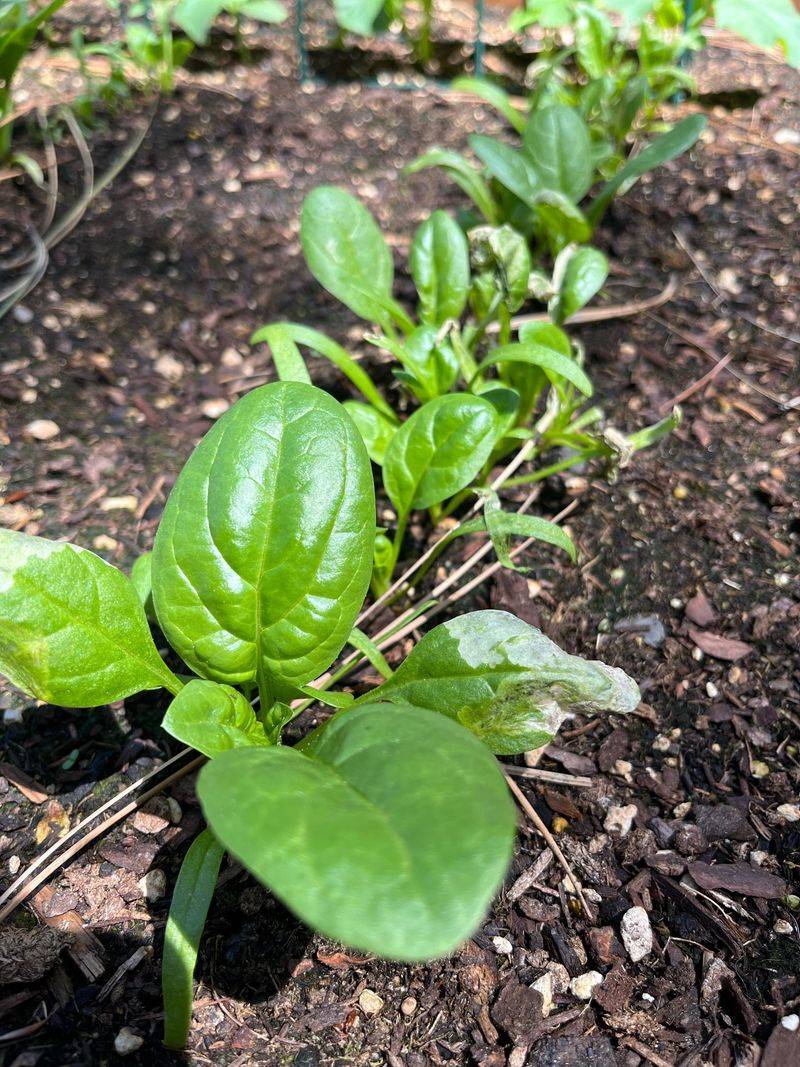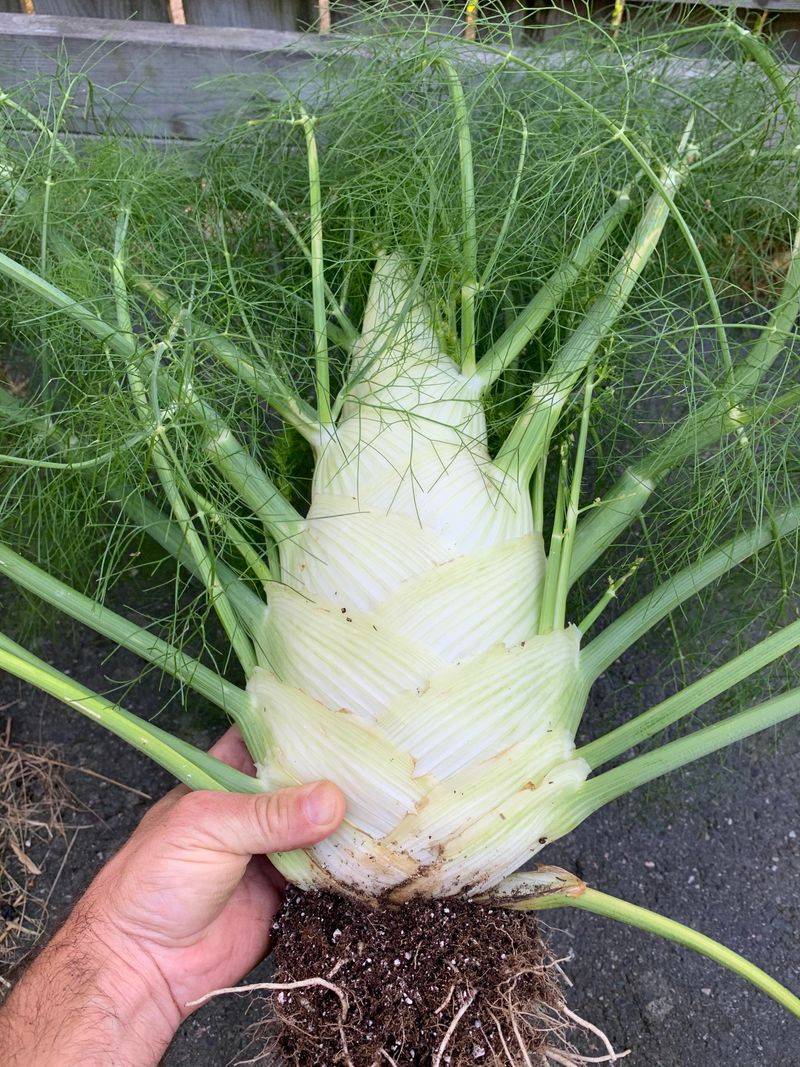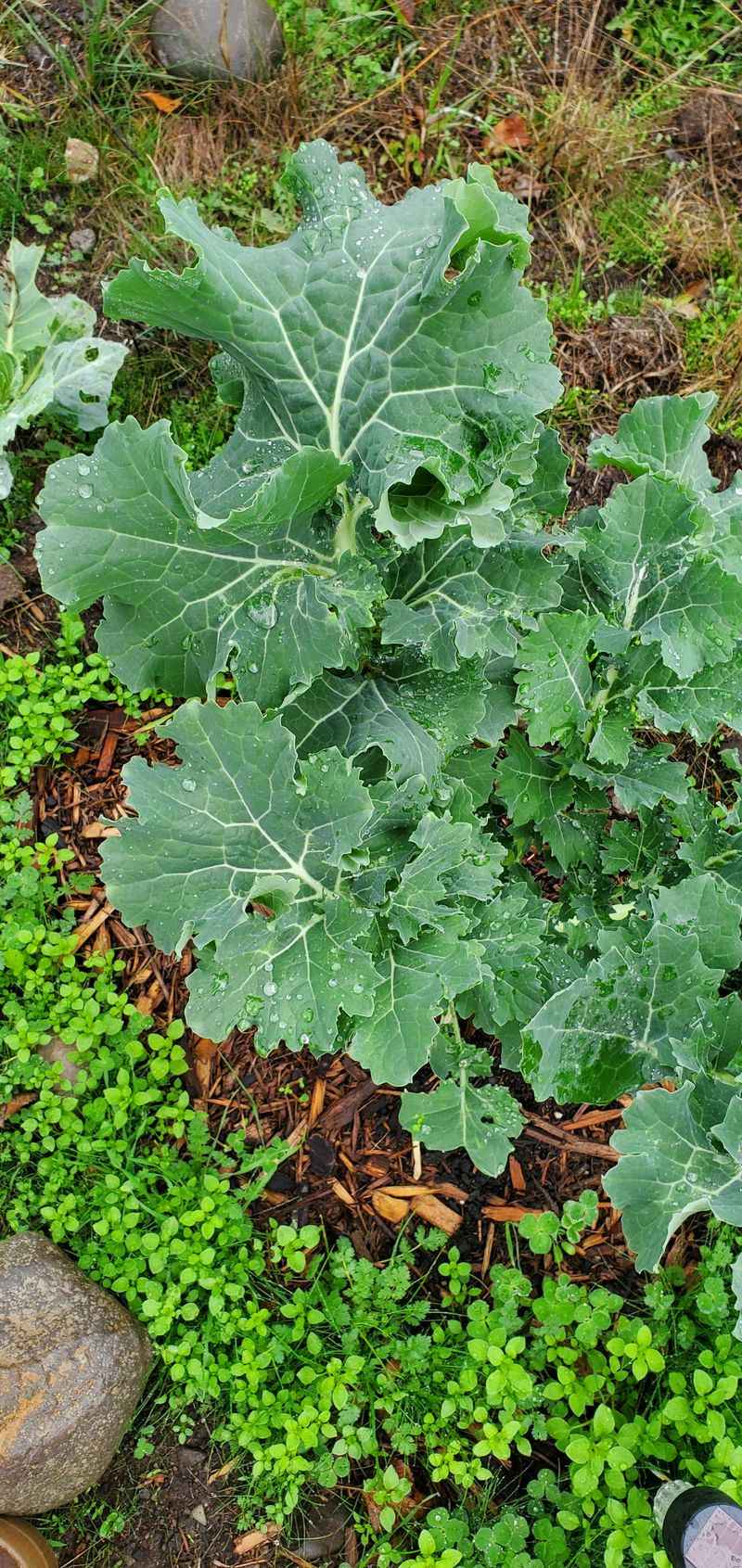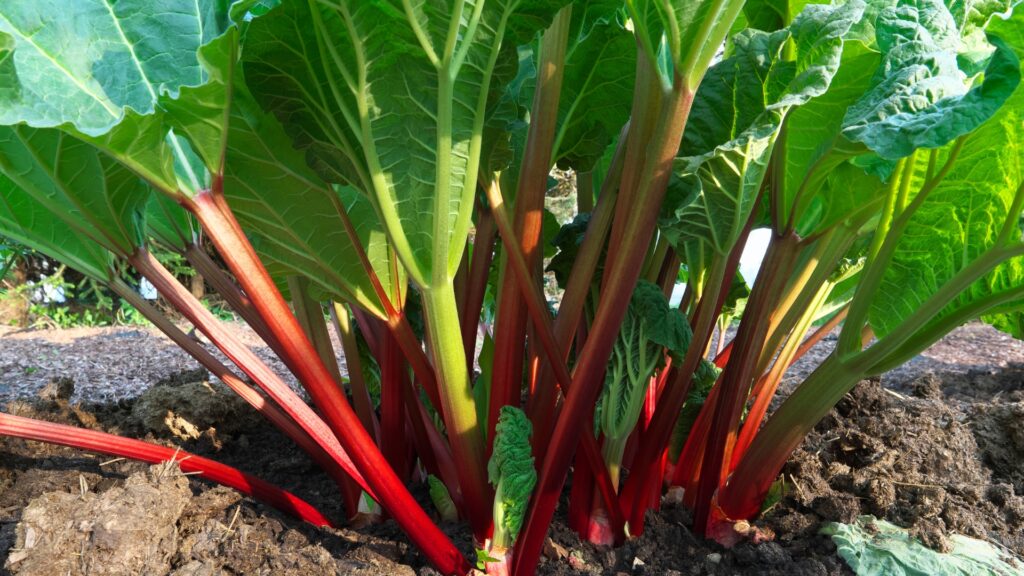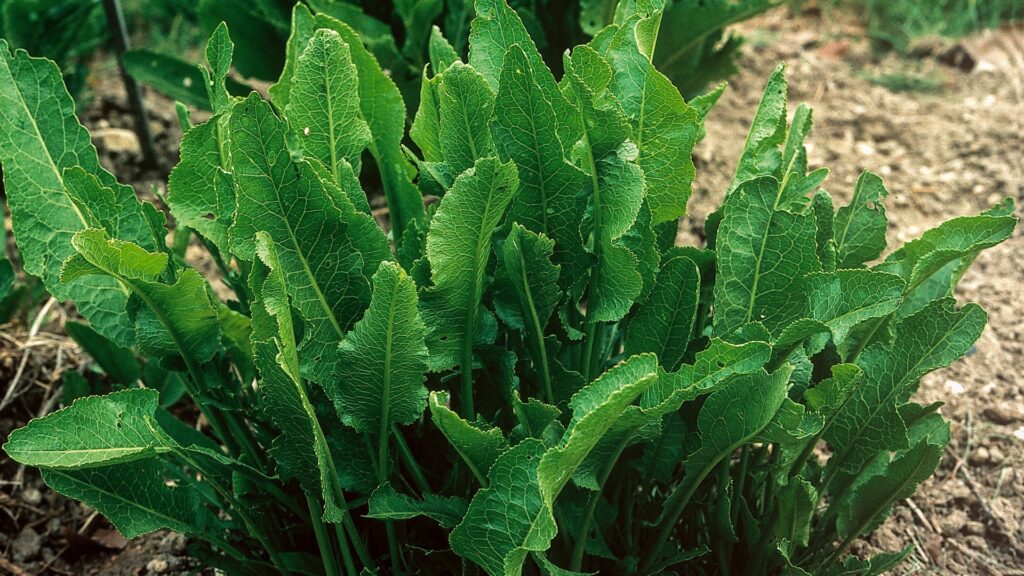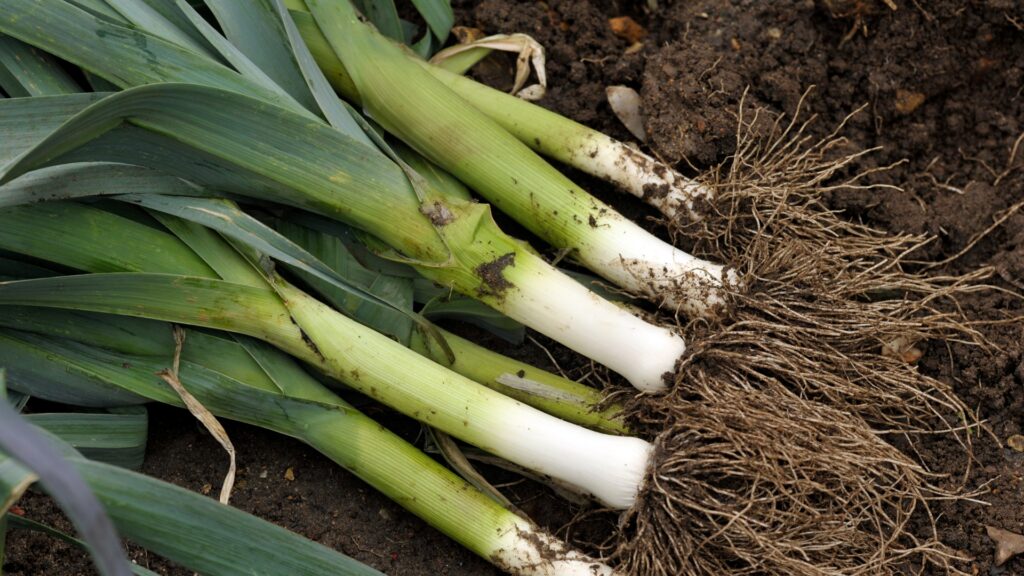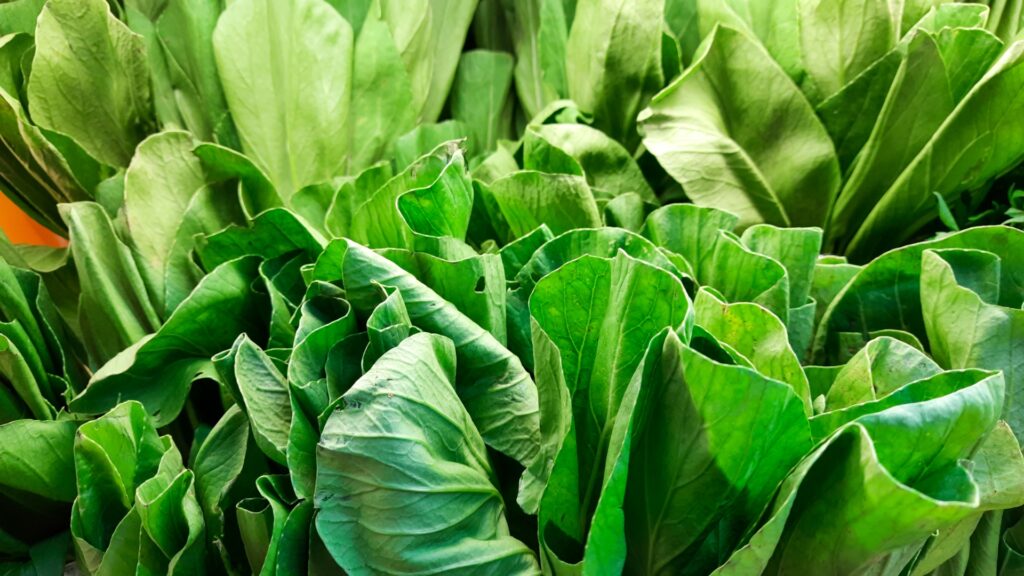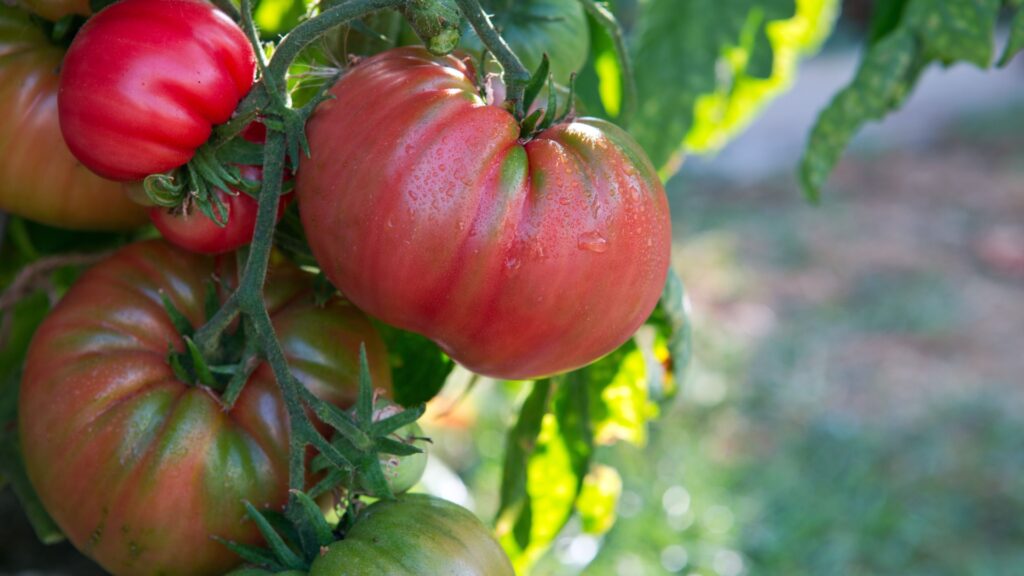Gardening’s a joy—until the wrong veggies turn it into a tangled mess. In this post, we’re unearthing 31 crops that bring more trouble than harvest in raised beds.
Some just don’t play well in small spaces. Skip these space-hogs and drama queens, and you’ll save time, energy, and a whole lot of garden heartache.
So grab your gloves—it’s time to weed out the worst!
1. Pumpkins
In the world of gardening, space can quickly become a precious commodity. One plant that takes up more room than a distant relative during the holidays is the pumpkin. These sprawling giants love to stretch their vines far and wide. You might find your entire garden swallowed by their leafy embrace.
Growing pumpkins in a raised bed? It’s like trying to fit an elephant in a mini cooper. You end up sacrificing space that could be used for multiple other plants. Consider saving pumpkins for a more spacious setting where they can roam free.
2. Corn
If you’re planning to grow corn in a raised bed, you might want to rethink your strategy. These towering stalks are more suited for open fields than confined garden spaces. Corn plants are like the skyscrapers of the plant world, casting long shadows over their shorter neighbors.
In a small raised bed, corn will monopolize sunlight and nutrients, leaving little for anything else. Unless you’re planning to host a corn-exclusive party, consider keeping them in a separate, more expansive area where they won’t overshadow everything else.
3. Okra
Okra is a tall-growing vegetable that can overshadow other plants in a raised garden bed. Its height and the space it requires for optimal growth means it can block sunlight and airflow for lower-growing plants.
For successful cultivation, okra might be better placed in a larger garden area where it can reach its full height without affecting neighboring plants.
4. Zucchini
Zucchinis are like that enthusiastic friend who always takes center stage. Their large leaves and rapid growth can easily take over a raised bed, leaving little room for companion plants. While they do produce a bountiful harvest, zucchinis can be a bit too domineering for confined spaces.
In a raised bed, you’ll find zucchinis hogging all the sunlight and nutrients. It’s best to give them space to grow where they won’t crowd out other plants. Consider planting them in a separate area to keep a harmonious garden.
5. Cucumbers
Cucumbers have a sneaky way of taking over the garden, much like an unexpected guest who stays too long. Their trailing vines can quickly spread across a raised bed, wrapping around anything in their path. Without proper support, they’ll turn your tidy garden into a tangled mess.
In a confined space, cucumbers can crowd out other plants, making it hard for them to thrive. If you love cucumbers, try giving them a dedicated trellis where they can climb gracefully, keeping the peace in your garden.
6. Pole Beans
When it comes to taking the high road, pole beans are the plant version of acrobats. They love to climb and will gladly take over any vertical space available. While their climbing nature is impressive, it can be problematic in a raised bed.
Pole beans will overshadow shorter plants, casting them into darkness. If you’re growing pole beans, consider giving them a dedicated trellis away from your raised bed. This will keep your garden balanced and allow other plants to bask in the sunlight they deserve.
7. Winter Squash
Winter squashes are like the heavyweight champions of the vegetable world. Their sprawling vines and large leaves can easily take over a raised bed. These space-hogging plants need ample room to stretch, making them ill-suited for confined spaces.
In a raised bed, winter squashes will dominate, leaving little room for other plants. If you’re dreaming of a variety of veggies, you might want to save winter squashes for a larger garden area. This way, they can have their space without overshadowing everything else.
8. Cabbage
Cabbages are the divas of the garden world, demanding all the attention and space they can get. Their large, leafy heads can quickly fill up a raised bed, leaving little room for neighbors. If you’re planning a diverse garden, cabbages might not make the cut.
In a confined space, cabbages will crowd out other plants, making it hard for them to compete for sunlight and nutrients. If you’re set on growing cabbage, consider giving them a separate plot where they can be the stars of the show without crowding others.
9. Eggplant
Eggplants are the royalty of the vegetable patch, but they come with a hefty crown. These plants have large leaves and can grow quite tall, quickly dominating a raised bed. In the close quarters of a raised garden, eggplants might overshadow smaller plants.
They require plenty of sunlight and space to thrive, which can be a challenge in confined areas. If you’re keen on growing eggplants, consider giving them a dedicated space where they can shine without casting shadows on their neighbors.
10. Brussels Sprouts
Brussels sprouts are like the skyscrapers of the vegetable world. Their tall stalks can quickly overshadow smaller plants in a raised bed. While they may look impressive, they can be a bit too dominant for limited spaces.
In a raised bed, Brussels sprouts will take up more than their fair share of sunlight and nutrients. If you’re eager to grow these mini cabbages, consider planting them in a separate area where they won’t overshadow everything else. This way, your garden can stay balanced and beautiful.
11. Artichokes
Artichokes are the grand dames of the vegetable world, demanding center stage with their large, spiky leaves. These plants can grow quite large, making them unsuitable for small raised beds. In confined spaces, artichokes will overshadow and crowd out other plants.
If you’re dreaming of fresh artichokes, consider giving them a dedicated space where they can thrive without overwhelming your garden. This way, you can enjoy their unique beauty without sacrificing the diversity of your vegetable patch.
12. Broccoli
Broccoli is the assertive boss of the garden, always ready to take charge. Its large, leafy heads can fill up a raised bed faster than you can say ‘cruciferous.’ While broccoli is a delicious and nutritious addition to any garden, it requires plenty of space to grow.
In a confined raised bed, broccoli will monopolize the sunlight and nutrients, leaving little for its neighbors. If you’re set on growing broccoli, consider giving it a separate plot where it can lead without overshadowing everything else.
13. Cauliflower
Cauliflower might be the cool kid on the veggie block, but it’s got quite the appetite for space. Its large, dense heads can quickly take over a raised bed, leaving little room for other plants. In a confined area, cauliflower will dominate both sunlight and nutrients.
If you’re eager to grow this versatile vegetable, consider giving it a dedicated plot where it won’t crowd out its companions. This way, you can enjoy the best of both worlds: delicious cauliflower and a balanced, thriving garden.
14. Gourds
Gourds are the playful pranksters of the garden, with vines that love to explore every nook and cranny. These plants can quickly take over a raised bed, leaving little room for anything else. In confined spaces, gourds will outcompete other plants for sunlight and nutrients.
If you’re dreaming of colorful gourds for decoration or cooking, consider giving them a spacious plot where they can roam free. This way, your garden can stay diverse and vibrant without being overrun by these adventurous plants.
15. Celery
Celery might look like an innocent veggie, but it’s got a secret: it loves to grow tall and take over. In a raised bed, celery’s height can overshadow smaller plants, making it hard for them to get the sunlight they need.
While celery is a crunchy and healthy addition to any diet, it requires plenty of space to thrive. If you’re set on growing celery, consider giving it a separate area where it won’t cast shadows on its neighbors. This way, your garden can stay balanced and bountiful.
16. Asparagus
Asparagus has a regal air about it, but it comes with a tall order. These plants can grow quite tall, quickly overshadowing smaller vegetables in a raised bed. Asparagus requires plenty of sunlight and space to thrive, making it challenging to grow in confined areas.
If you’re dreaming of fresh asparagus spears, consider giving them a dedicated space where they won’t overshadow everything else. This way, you can enjoy their unique flavor without sacrificing the diversity of your garden.
17. Sweet Potatoes
Sweet potatoes are the charming wanderers of the vegetable world. Their vines love to spread out, covering every inch of available soil. In a raised bed, sweet potatoes can quickly outgrow their space, leaving little room for other plants.
Their aggressive growth and dense foliage make it challenging for other vegetables to thrive. If you’re set on growing sweet potatoes, consider giving them a spacious plot where they can roam free. This way, your garden can stay diverse and vibrant without being overrun.
18. Onions
Onions have a way of asserting themselves in the garden, taking up more space than you might expect. Their long leaves can quickly fill up a raised bed, leaving little room for other plants. While onions are a staple in many kitchens, they require plenty of space to grow.
In a confined area, onions will crowd out other plants, making it hard for them to thrive. If you’re set on growing onions, consider giving them a separate plot where they won’t overshadow everything else. This way, your garden can stay balanced and bountiful.
19. Beets
Beets are the colorful rebels of the garden world, with a knack for taking over. Their leafy tops can quickly fill up a raised bed, leaving little room for other plants. While beets are a delicious and nutritious addition to any diet, they require plenty of space to grow.
In a confined area, beets will outcompete other plants for sunlight and nutrients. If you’re set on growing beets, consider giving them a separate plot where they won’t crowd out their companions. This way, your garden can stay diverse and vibrant.
20. Turnips
Turnips might seem like an innocent root vegetable, but they’re surprisingly assertive. Their leafy tops can quickly fill up a raised bed, leaving little room for other plants. While turnips are a tasty and healthy addition to any diet, they require plenty of space to grow.
In a confined area, turnips will outcompete other plants for sunlight and nutrients. If you’re set on growing turnips, consider giving them a separate plot where they won’t crowd out their companions. This way, your garden can stay diverse and vibrant.
21. Carrots
Carrots have a way of asserting themselves in the garden, taking up more space than you might expect. Their leafy tops can quickly fill up a raised bed, leaving little room for other plants. While carrots are a staple in many kitchens, they require plenty of space to grow.
In a confined area, carrots will crowd out other plants, making it hard for them to thrive. If you’re set on growing carrots, consider giving them a separate plot where they won’t overshadow everything else. This way, your garden can stay balanced and bountiful.
22. Radishes
Radishes might be small, but they have a big personality. Their leafy tops can quickly fill up a raised bed, leaving little room for other plants. While radishes are a quick and easy addition to any garden, they require plenty of space to grow.
In a confined area, radishes will outcompete other plants for sunlight and nutrients. If you’re set on growing radishes, consider giving them a separate plot where they won’t crowd out their companions. This way, your garden can stay diverse and vibrant.
23. Peas
Peas are the acrobats of the garden world, with a love for climbing and taking over vertical space. In a raised bed, peas can quickly overshadow smaller plants, making it hard for them to thrive. While peas are a delicious and nutritious addition to any diet, they require plenty of space to grow.
If you’re set on growing peas, consider giving them a dedicated trellis where they can climb gracefully, without casting shadows on their neighbors. This way, your garden can stay balanced and bountiful.
24. Spinach
Spinach might seem like a harmless leafy green, but it can be surprisingly assertive. Its lush leaves can quickly fill up a raised bed, leaving little room for other plants. While spinach is a nutritious and tasty addition to any diet, it requires plenty of space to grow.
In a confined area, spinach will outcompete other plants for sunlight and nutrients. If you’re set on growing spinach, consider giving it a separate plot where it won’t crowd out its companions. This way, your garden can stay diverse and vibrant.
25. Fennel
Fennel is the garden’s elegant eccentric, with tall fronds that can quickly take over a raised bed. While fennel is a flavorful and aromatic addition to any diet, it requires plenty of space to grow. In a confined area, fennel will outcompete other plants for sunlight and nutrients.
If you’re set on growing fennel, consider giving it a separate plot where it won’t crowd out its companions. This way, your garden can stay diverse and vibrant, with room for all your favorite plants to thrive.
26. Kale
Kale might be the trendy superfood, but it’s got quite the appetite for space. Its large leaves can quickly fill up a raised bed, leaving little room for other plants. While kale is a nutritious and tasty addition to any diet, it requires plenty of space to grow.
In a confined area, kale will outcompete other plants for sunlight and nutrients. If you’re set on growing kale, consider giving it a separate plot where it won’t crowd out its companions. This way, your garden can stay diverse and vibrant, with room for all your favorite plants to thrive.
27. Rhubarb
This one may look like a leafy gem in the garden, but don’t let its pretty stalks fool you—it’s a space hog with staying power. This perennial plant spreads wide and returns year after year, claiming its territory like an uninvited houseguest who never leaves.
In a raised bed, rhubarb quickly dominates, crowding out other veggies and hogging the root space. Its deep root system and love for room to grow make it a poor choice for confined gardens. If you want to grow rhubarb, give it a permanent home in a larger bed where it can sprawl without pushing everyone else out.
28. Horseradish
Horseradish might add a zing to your dinner, but in the garden, it’s more of a wild child than a polite guest. Once planted, it spreads aggressively underground through its roots, popping up in places you never expected—and never asked for.
In a raised bed, horseradish is nearly impossible to control and can overtake the space before you know it. Its invasive growth habit makes it a nightmare to remove once established. If you’re keen on that spicy root, plant it in a container or a segregated garden bed where it can’t run amok.
29. Leeks
Leeks are the slow-and-steady types in the veggie world, but don’t let their calm demeanor fool you—they’re surprisingly demanding. These alliums take a long time to mature and need consistent moisture and space throughout the season. In a raised bed, their extended growing period ties up valuable real estate that could be used for faster, more cooperative crops.
Their upright growth may seem tidy at first glance, but over time, they monopolize space and nutrients. If you’re set on growing leeks, give them their own section where they won’t hold back the rest of your garden’s productivity.
30. Mustard Greens
Mustard greens bring a peppery punch to the plate, but in the garden, they’re a bit unruly. These fast-growing leafy greens tend to bolt quickly in warm weather, sending up tall flower stalks that signal the end of their edible phase. Once they bolt, they not only lose flavor but also start self-seeding—turning your raised bed into a mustard takeover.
Their rapid growth and tendency to spread make them a less-than-ideal candidate for confined spaces. If you’re eager to grow mustard greens, try doing so in a larger, separate plot where they can flourish without taking over your raised bed.
31. Tomatoes
Tomatoes might be the darlings of the summer garden, but in a raised bed, they can become divas. These vigorous growers demand staking, pruning, and consistent attention—making them high-maintenance in tight quarters. Their sprawling branches and dense foliage can quickly crowd out neighboring plants, especially in smaller beds.
Indeterminate varieties, in particular, can grow into towering tangles that overshadow and outcompete anything nearby for sunlight and nutrients. If tomatoes are a must-have in your garden, consider planting them in containers or dedicating a separate space where they can thrive without taking center stage in your raised bed.

